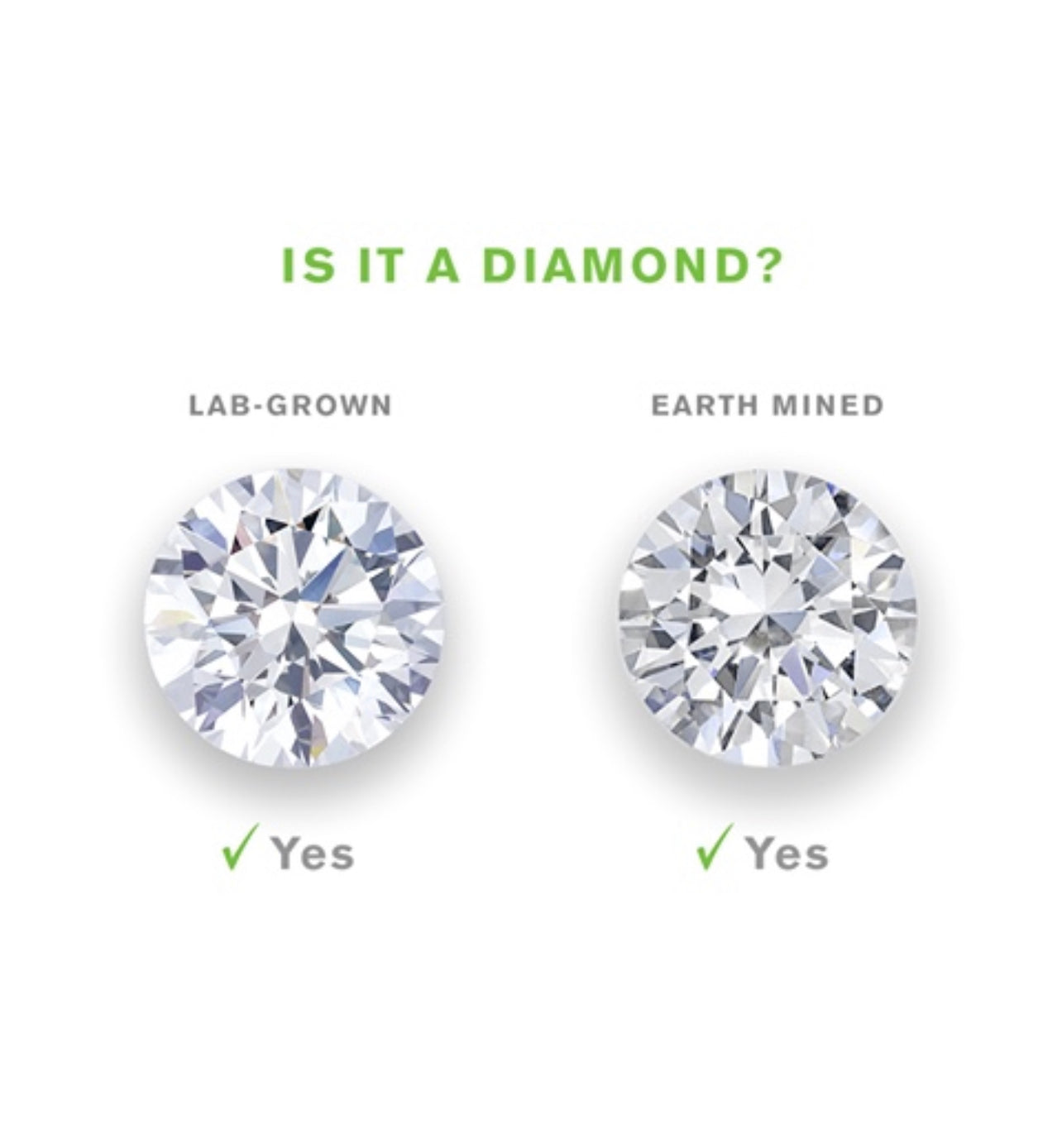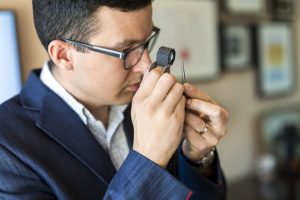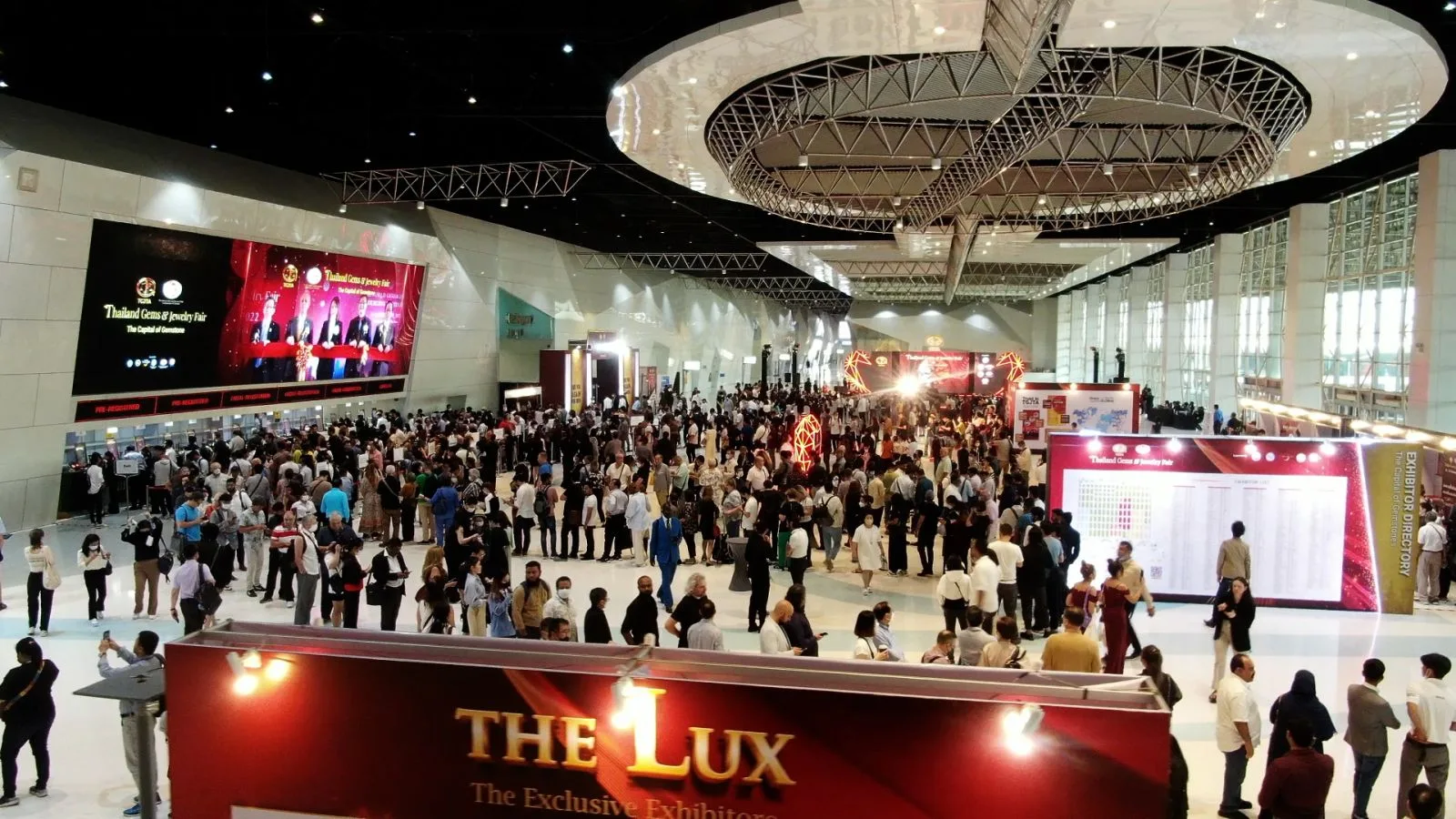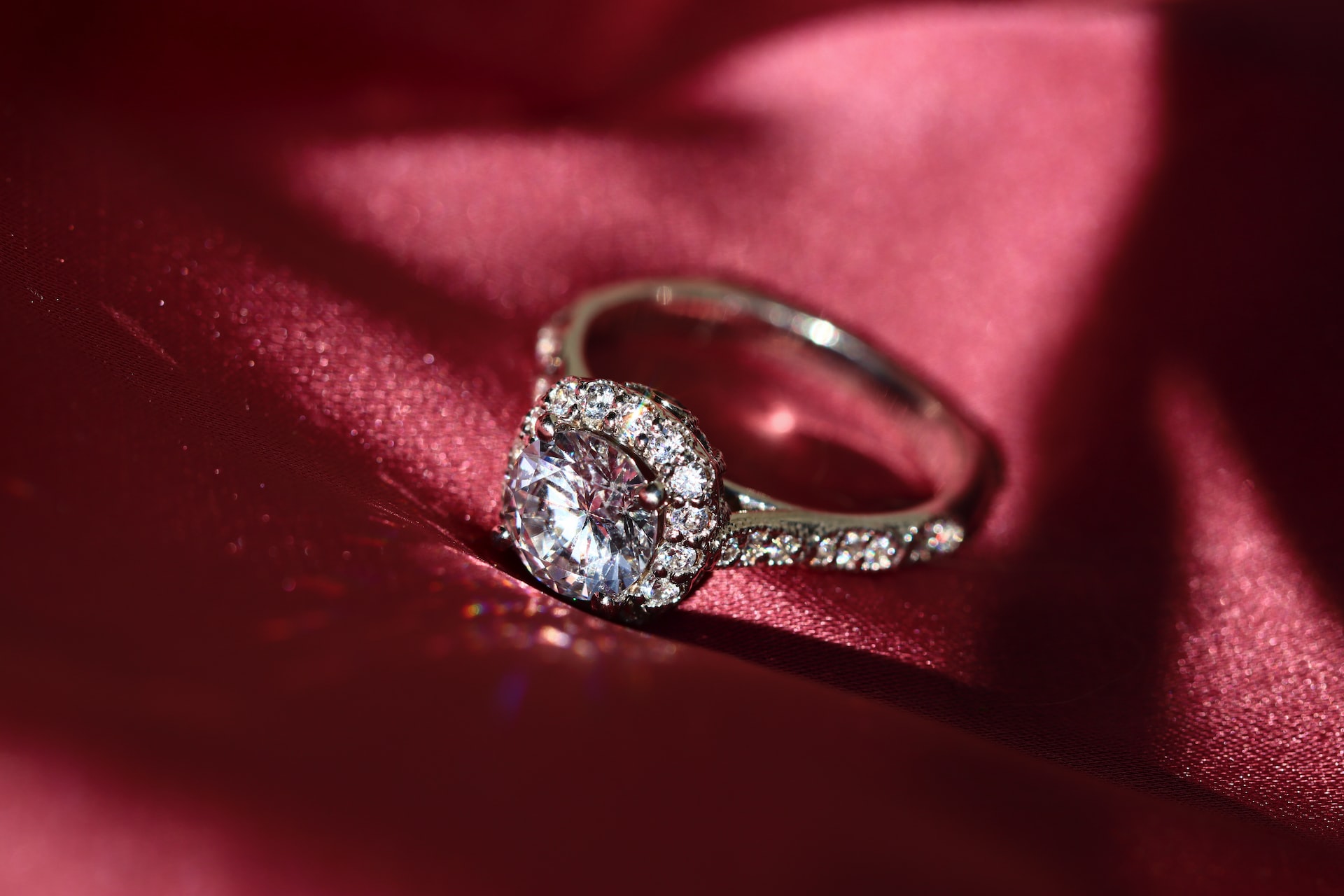Lab-Grown vs Natural Diamonds
Diamonds have long captivated our imagination with their timeless beauty and brilliance. However, a fascinating revolution has taken place in the diamond industry with the emergence of lab-grown diamonds. In this article, we delve into the age-old debate between lab-grown and natural diamonds. Exploring their differences in origin, environmental impact, cost, and social implications, we aim to provide a comprehensive understanding of these two types of diamonds, shedding light on their merits and challenges.
Origin and Formation :
Natural diamonds are formed deep within the Earth’s mantle over billions of years under intense heat and pressure. The geological forces involved in their creation are awe-inspiring. On the other hand, lab-grown diamonds are cultivated in controlled laboratory conditions that mimic the natural diamond-growing process. These diamonds are created using two main methods: High-Pressure High-Temperature (HPHT) and Chemical Vapor Deposition (CVD). HPHT utilizes high pressure and temperature to crystallize carbon, while CVD involves depositing carbon atoms onto a diamond seed.
Environmental Impact :
The environmental impact is a critical consideration when comparing lab-grown and natural diamonds. Mining natural diamonds can have significant ecological consequences, including deforestation, soil erosion, and habitat destruction. Furthermore, the energy-intensive mining process and transportation contribute to carbon emissions. In contrast, lab-grown diamonds have a lower environmental footprint. While they require energy to produce, their overall impact is less due to the absence of mining-related activities. However, it is important to note that the manufacturing process for lab-grown diamonds still has room for improvement in terms of energy sources and waste management.
Cost and Accessibility :
Historically, natural diamonds have commanded higher prices due to their rarity and natural origin. The diamond market has been shaped by supply and demand dynamics. Lab-grown diamonds, being artificially created, offer a more affordable alternative. They have gained popularity among consumers seeking sustainable and budget-friendly options. Additionally, lab-grown diamonds are more accessible in terms of availability and a broader range of sizes and colors. However, natural diamonds hold their value better over time, and their rarity continues to make them sought after by collectors and investors.
Social Implications and Perception :
Natural diamonds have been associated with wealth, luxury, and romance for centuries. The mining industry has faced scrutiny over issues such as unethical labor practices and human rights abuses in certain diamond-producing regions. In response, lab-grown diamonds have positioned themselves as an ethically sound choice, free from the controversies of the mining industry. They offer consumers a guarantee of conflict-free sourcing. Nevertheless, perceptions of lab-grown diamonds are still evolving, and some may consider them less authentic or sentimental compared to their natural counterparts.
How To Identify Natural Vs Lab-Grown Diamonds
Diamonds, whether lab-grown or natural, share similar physical properties that make their identification challenging without specialized equipment. However, certain characteristics can help distinguish between the two. Here are some key factors to consider when identifying lab-grown and natural diamonds:
Certification and Documentation: When purchasing diamonds, always insist on proper certification from reputable gemological laboratories such as GIA (Gemological Institute of America) or AGS (American Gem Society). These certificates provide detailed information about the diamond’s origin and authenticity.
Price: Lab-grown diamonds are typically priced lower than natural diamonds of similar size and quality. If a diamond seems unusually inexpensive compared to similar options, it might be an indication that it is lab-grown.
Inclusions and Flaws: Natural diamonds often contain inclusions (internal flaws) and blemishes (surface imperfections) formed during their natural growth process. Lab-grown diamonds, in contrast, tend to have fewer inclusions or specific growth patterns that are different from natural diamonds. However, this method alone is not foolproof, as some lab-grown diamonds can also exhibit inclusions.
Coloration: Natural diamonds come in a wide range of colors, including rare and valuable hues. Lab-grown diamonds are generally more commonly found in colorless to near-colorless ranges. However, lab-grown diamonds can also be created with specific colors through the addition of certain impurities.
Growth Patterns: Natural diamonds often exhibit unique growth patterns, such as growth lines or “graining” caused by irregular crystal growth. These features may be absent or less pronounced in lab-grown diamonds. However, these growth patterns may require magnification to observe accurately.
Fluorescence: Some natural and lab-grown diamonds exhibit fluorescence, which is the emission of visible light when exposed to ultraviolet (UV) light. However, the strength and color of fluorescence can differ between the two types. Natural diamonds tend to exhibit a broader range of fluorescence, while lab-grown diamonds typically display weaker fluorescence or none at all.
Advanced Testing: Gemological laboratories and professionals employ sophisticated equipment to differentiate between lab-grown and natural diamonds. Techniques such as spectroscopy, microscopy, and advanced imaging can provide conclusive results. These methods, however, require specialized training and equipment.
It is important to note that the techniques mentioned above are not foolproof, and the best way to determine the origin of a diamond is through professional gemological testing. As technology advances, lab-grown diamonds may become increasingly challenging to distinguish from natural diamonds without expert analysis.
Conclusion :
The lab-grown vs natural diamond debate showcases a clash between tradition and innovation, ethics and exclusivity, and sustainability and rarity. Both types of diamonds have their own unique characteristics and advantages. Natural diamonds embody the marvels of nature and the enduring allure of rarity, while lab-grown diamonds offer affordability, environmental friendliness, and an ethical alternative. As consumers become more conscious of their choices, the future of the diamond industry will likely be shaped by a harmonious coexistence of these two fascinating options.
Read More : White Diamond Pearl? Here’s what you need to know in 2023













